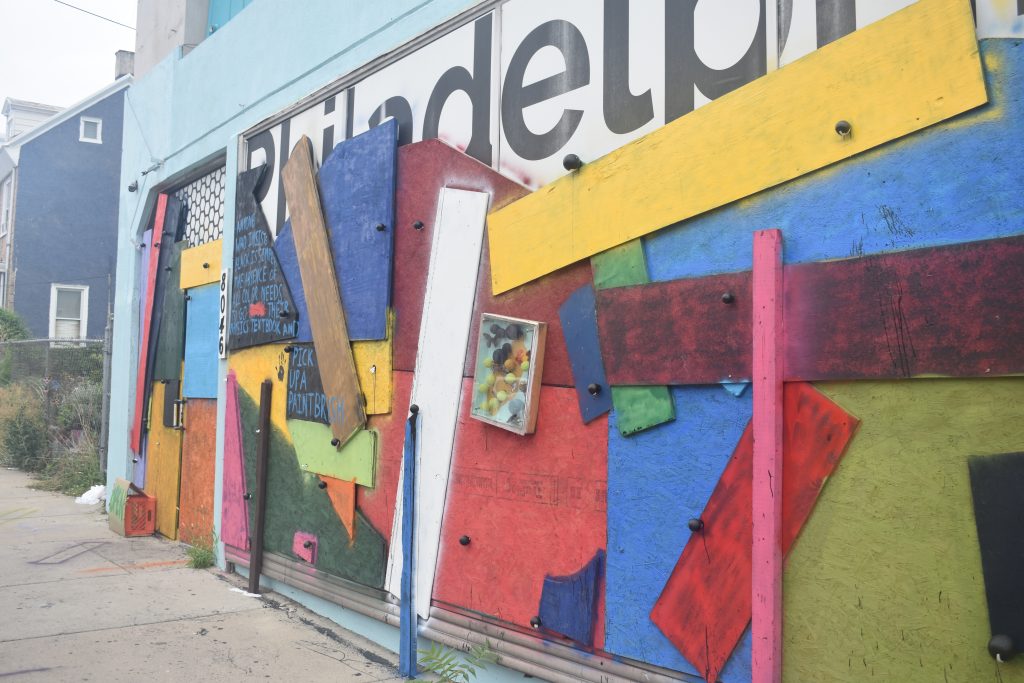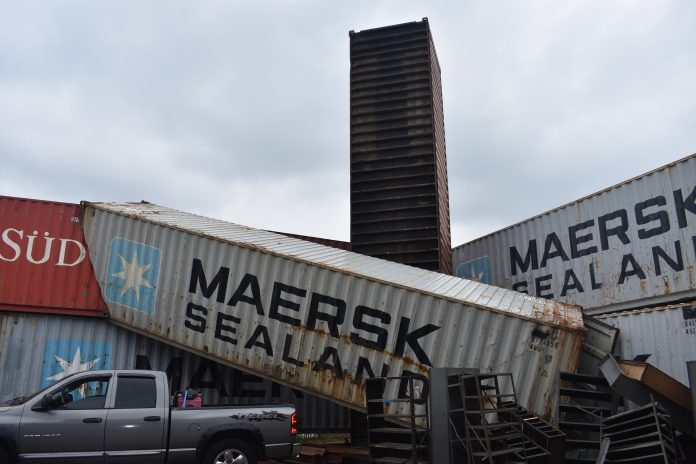The world will be changed in many ways by the time COVID-19 shutdown is lifted, and the Insectarium and Butterfly Pavilion, 8046 Frankford Ave., is no exception.
During shutdown, owner John Cambridge and the staff have been busy at work transforming the space to feature more interactive exhibits and accommodate for events with bigger crowds. The biggest addition will be a new outdoor amphitheater behind the building that can serve as a space for shows and other events.
Dubbed the Sandcastle, it is shaped by repurposed shipping containers to form the walls of the stage. It will allow the museum to host larger events such as weddings, which were previously capped at about 70 attendees, Cambridge said.
“The grains that you would build with at the beach are things you would find at the beach, so sandcastles in the city need to be built with things you would find around here,” Cambridge said.
Cambridge also hopes to increase interactivity in the museum with a new second-floor exhibit that will shrink visitors down to the size of a backdoor insect and have them explore the world from a tinier perspective. Visitors will crawl through and explore the “woods” to learn more about the environment. The second floor had previously been a zoo-like setup where visitors could observe insects and creatures in cages.
Down on the first floor, the café has been relocated closer to the entrance so a new mad scientist lab could take its place as a permanent exhibit. The area will be used for science demonstrations and people getting their hands dirty with tools and other attractions.
“With these new additions, we can see more people and cater to a more diverse set of requests,” Cambridge said.

The third floor will remain home to animals and critters for visitors to see.
During a typical school year, Insectarium staff would visit classrooms to teach students about insects and nature. With COVID-19 complicating in-person meetings, the museum is turning to virtual programs for topics like core science standards and backyard exploration.
An example of a lesson will talk about a specific environment or creature, then send the students to their backyard or local park to try to find the critter. The museum will send printouts and other materials to the school or the home in advance so students will be able to follow along with demonstrations.
“We don’t want to teach things that require sitting inside and staring at a screen. We want to get them outside,” Cambridge said.
The museum is eyeing a September reopening with no specific date set yet.
“We understand most of what happens over the next several months will be virtual, but we’re hoping, once we can re-engage with the community, to have things ready for them,” Cambridge said. ••





